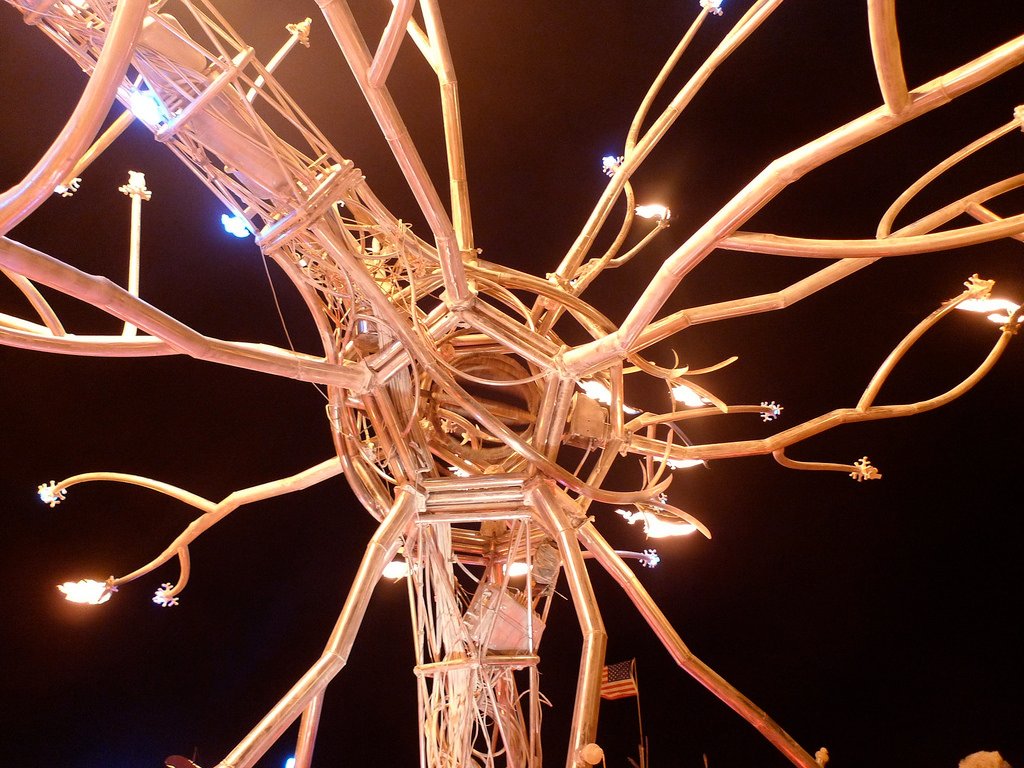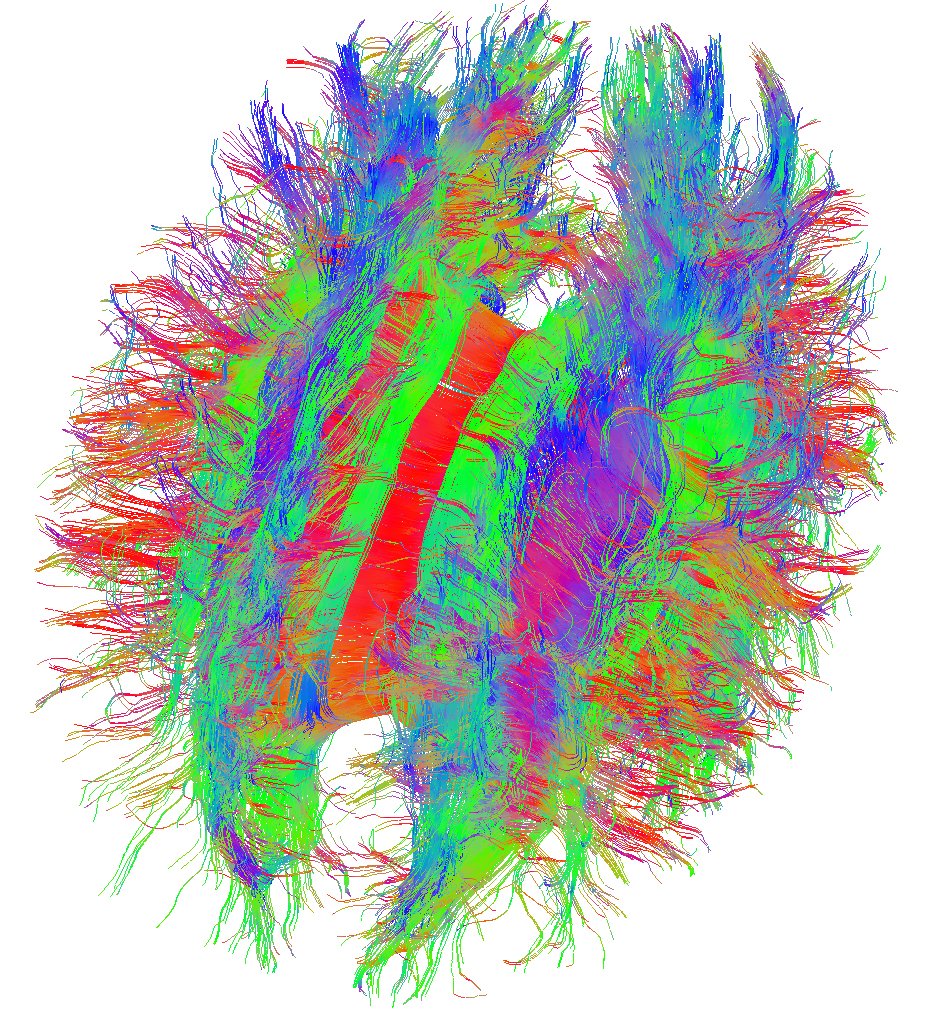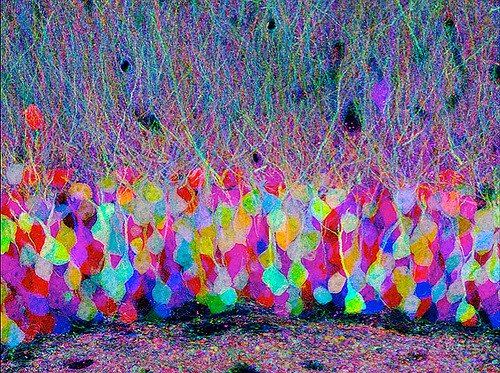Sometimes researches on psychology can lead you into the dense jungle of science, and this is the moment when you discover something very new, but still immensely beautiful and exciting. Then you understand that scientific research could be interesting, vivid, and inspiring!

Piece of art in shape of a neuron
Image Credit
Our brain is an extremely complex organ, in fact, the most complex that we have. It consists of billions of neurons which are connected by synapses.
Given this we can understand that our brain is called grey matter and white matter for a reason – it’s very difficult to see how the brain is structured, it’s too difficult to indicate a particular axon or to follow a particular cell. But to deal with this issue, various methods were invented.
One of them is called Connectomics. During this process connectomes are produced and researched, and connectome is a brain map where all connections could be seen.

Connectome
Image Credit
In order to create this map, a complicated technology is used, where a piece of brain is cut into very thin slices of at a nanometres scale. Then the structure in each slice separately is detected and analysed, and through automated or manual process particular cells are dyed in different colours. When this is done a computer puts the slices back together in the same order and in such a way a 3D model of a part of a brain is reconstructed, and this allows to see whether cells or axons in brain are touching each other or not, where they are, etc. As the cells were dyed, the 3D model is colourful and it’s relatively easy to see and understand the locations of various components of the brain. For this technique an electrical microscope is needed.
Another method is called Brainbow and is performed with the help of a recently developed molecular technique called CRISPR. This technique allows to manipulate the genome by locally deleting or inserting some particular piece of DNA into the genome with the highest precision, in such a way it is possible to engineer the genome. It’s amazing discovery which could be used in various most incredible ways including using it as a cure for cancer, or even to design human beings while in embryo state. Still, in this particular case this technique is used to dye cells, or neurons, with fluorescent colours, and this technology allows to see the neurons and axons with the help of light microscope.
Interesting thing is that there are even art exhibitions which are displaying art based on Brainbow technology.

Brainbow, hippocampus
Image Credit
Obviously, our brain has a huge role in art creation, and here you can also read a book by Idan Segev, Luis M. Martnez and Robert J. Zatorre about brain and art, the title is the same - Brain and Art. The influence, the interesting facts, paintings, music, dance, it’s really fascinating!
I just love psychology and some related scientific researches, so be sure to subscribe for @aleksandraz and read my other articles on this topic.
Thanks! :)
Sources:
http://www.ncbi.nlm.nih.gov/pmc/articles/PMC4317644/
https://gigascience.biomedcentral.com/articles/10.1186/s13742-015-0045-x
http://thebeautifulbrain.com/2013/07/interview-idan-segev/
http://journal.frontiersin.org/article/10.3389/fnhum.2014.00465/full
http://lobster.ls.huji.ac.il/idan/files/Brain_and_Art-2015.pdf
https://www.technologyreview.com/s/423111/fly-over-the-brainbow/
The Handbook of Brain Theory and Neural Networks by Michael A. Arbib, 2003


